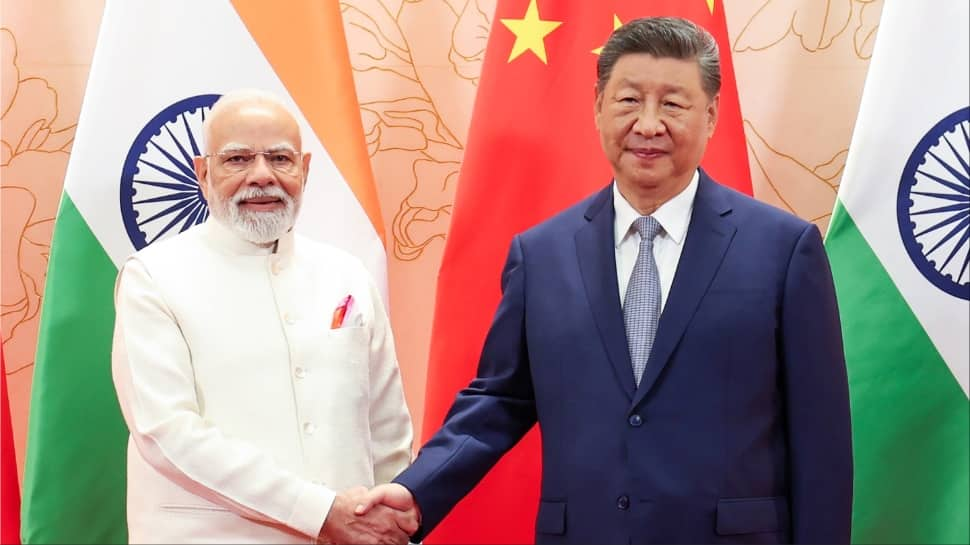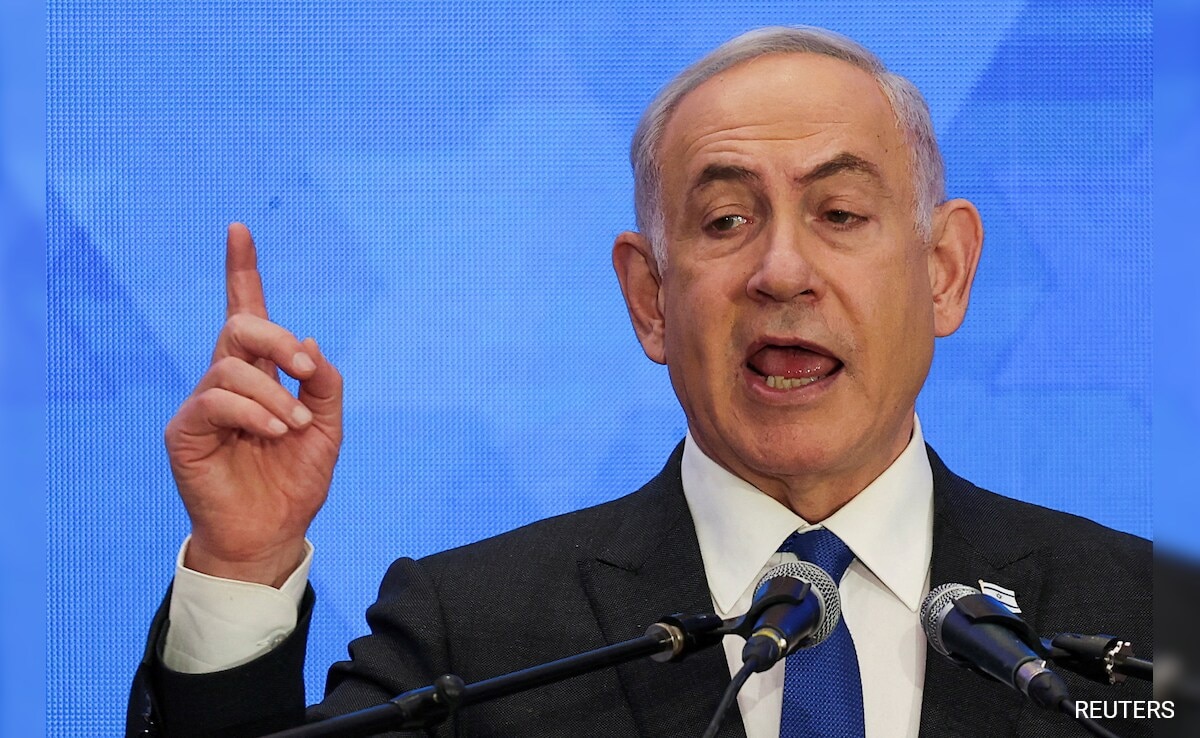
China has accomplished important upgrades at its Lhunze airbase in Tibet, roughly 40 kilometres north of the McMahon Line, the de facto boundary between India and China in Arunachal Pradesh. Satellite tv for pc imagery confirms the development of 36 hardened plane shelters, new administrative blocks, and a brand new apron, enhancing China’s capacity to forward-deploy fighter jets and drones close to the Indian border.
The Lhunze base, situated about 107 kilometres from Tawang in Arunachal Pradesh, now permits the Individuals’s Liberation Military Air Power (PLAAF) to scale back response instances for operations towards Indian positions in Arunachal Pradesh and Assam.
“Development of 36 hardened plane shelters at Lhunze clearly signifies that throughout the subsequent incident, their tactical fighters and assault helicopters working in assist of their military can be primarily based in Lhunze,” stated Air Chief Marshal (Retd) BS Dhanoa, former Chief of the Indian Air Power, talking to NDTV. He added that ammunition and gasoline would doubtless already be prepositioned in underground tunnels.
Reflecting on the strategic significance, Dhanoa stated, “In the course of the Doklam incident in 2017, I had famous that the PLAAF’s most important problem in Tibet was not plane however deployment. I had prophesied that after hardened shelters had been constructed, it will point out preparations for struggle, eradicating a key vulnerability for them in Tibet.”
Air Marshal (Retd) Anil Khosla, former Vice Chief of the IAF, described the upgrades as a “critical strategic menace,” significantly in mild of the evolving geopolitical tensions and army infrastructure developments because the 2020 Galwan clashes.
“The upgrades at Lhunze carry profound implications for regional safety. The 36 hardened plane shelters allow asset dispersal, cut back vulnerability to concentrated assaults, and permit sustained operations in high-altitude circumstances,” Khosla stated. He additional defined that the shelters defend towards precision-guided munitions, airstrikes, and missile barrages, making it “far tougher to degrade the bottom early in a battle.”
Based on Khosla, airbases similar to Tingri, Lhunze, and Burang, situated inside 50–150 kilometres of the Line of Precise Management (LAC), permit for speedy ahead deployment of PLAAF property and protection of Indian positions throughout Arunachal Pradesh, Sikkim, Uttarakhand, and Ladakh.
New satellite tv for pc photos from Vantor (previously Maxar) additionally present the presence of CH-4 drones at Lhunze. The CH-4, a high-altitude UAV, can carry short-range air-to-surface missiles and options an electro-optical sensor turret managed through a datalink.
India plans to counter this menace with the deployment of Normal Atomics Sky Guardian drones by 2029, with eight drones every for the Indian Air Power and Military. These US-built drones, a part of a $3.5 billion deal, will improve intelligence, surveillance, reconnaissance, and precision strike capabilities throughout the Himalayas. At present, Indian forces depend on much less succesful Israeli-made Heron and Searcher UAVs.
Air Marshal (Retd) SP Dharkar, former Vice Chief of the IAF, stated the brand new infrastructure at Lhunze “can be difficult for India.” He defined that geography and elevation beforehand gave India some operational benefit, however the growth of recent airfields and hardened shelters in Tibet is lowering that edge.
Geo-intelligence knowledgeable Damien Symon, contributing to The Intel Lab, added, “The speedy building of those shelters reverse Tawang demonstrates Beijing’s effort to broaden air energy in a traditionally delicate area. Whereas India maintains sturdy air infrastructure close by, the dimensions of militarisation at Lhunze highlights China’s intentions to slim the hole.”
The Lhunze improve is a part of a broader Chinese language push to strengthen airbases alongside the Himalayan frontier, together with Tingri, Burang, Yutian, and Yarkant. These bases now characteristic hangars, runway extensions, aprons, engine check pads, and assist amenities.
The Indian Air Power, which has reviewed satellite tv for pc imagery of those developments, said in April that it “retains itself conscious” of ongoing building. These upgrades mirror the altering strategic realities alongside the border, regardless of efforts to reset ties between New Delhi and Beijing after the 2020 Galwan standoff.
In August 2025, Prime Minister Narendra Modi visited Tianjin for the primary time in seven years, assembly Chinese language President Xi Jinping. The go to centered on stabilising bilateral relations, increasing commerce, renewing direct flights, and cooperation in uncommon earths, at the same time as each nations proceed to modernise army infrastructure alongside their contested border.







